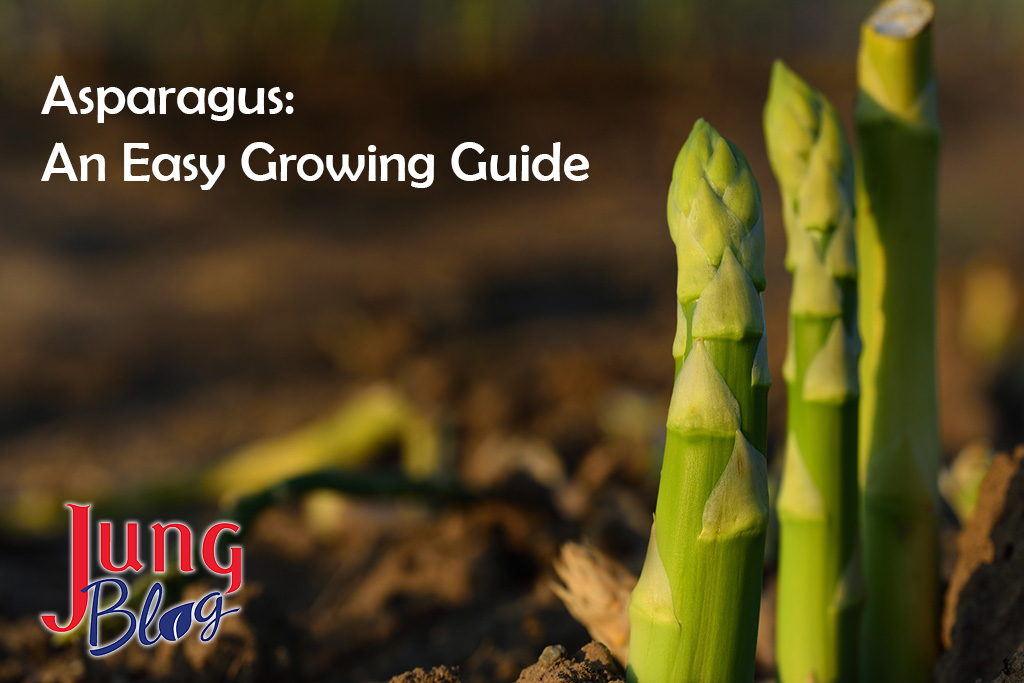
Updated: February 27, 2025
Asparagus is a long-lived perennial plant that can live and produce for a generation if done properly. Preparation is the most important part. Because asparagus is such a long-lived plant, you basically have one shot, at planting to get it right. Our growing guide will provide you with the information you need to help your asparagus get started correctly.
Soil Testing
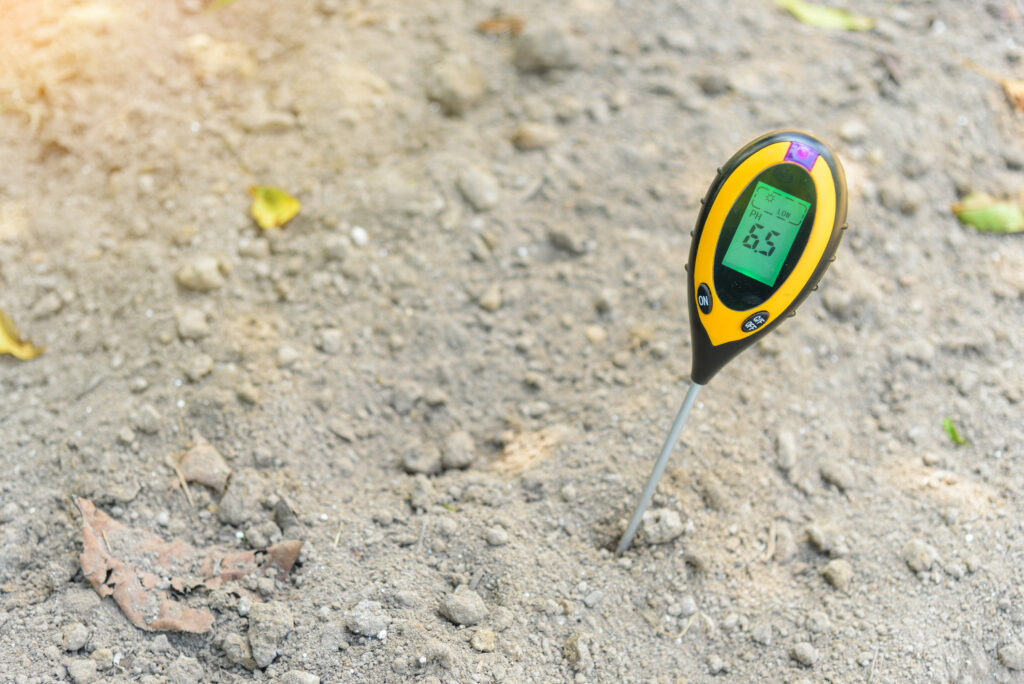
Asparagus prefers full sun and soil that is slightly alkaline. Soil pH should be in the range of 6.5 to 7.5 for the best production. Have a soil test done and adjust with recommended amendments as needed. You should also be adding ample amounts of organic material like leaf compost or aged manure along with a fertilizer high in phosphorus like superphosphate or rock phosphate if you want to grow organically.
Preparing The Soil
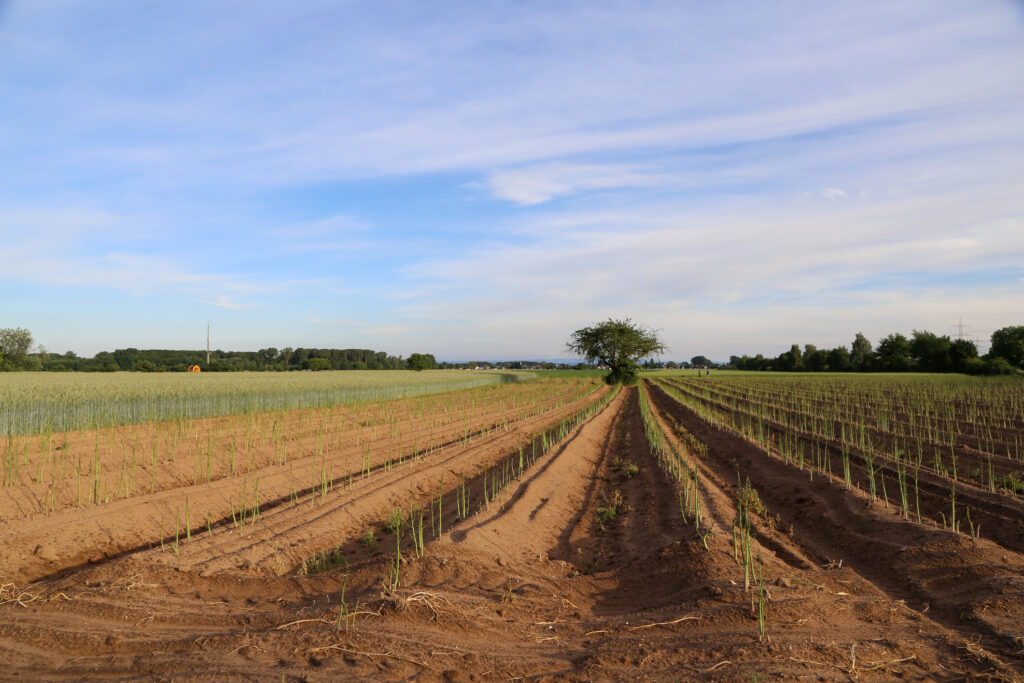
You will dig a 20 ft. long trench 12 in. wide and 12 in. deep, making sure to remove any perennial weeds or grasses that would eventually cause a problem. Your asparagus trenches or rows should be 4 ft apart if you are planning more than one row. Top Tip: It is recommended to plant 10 to 15 crowns or plants per person in your family for a suggested amount. If you all love asparagus, you may want to plant more.
Once your trench is finished and clear, you will begin to backfill it with a 50/50 blend of the soil you dug out and your organic material like aged manure. Fill the trench about ¾ full of this mixture and sprinkle your chosen phosphorus fertilizer over the top, at a rate of 3 to 5 lbs. per 100 sq. ft. of row, and cultivate that in a bit.
Asparagus Crown Care & Planting
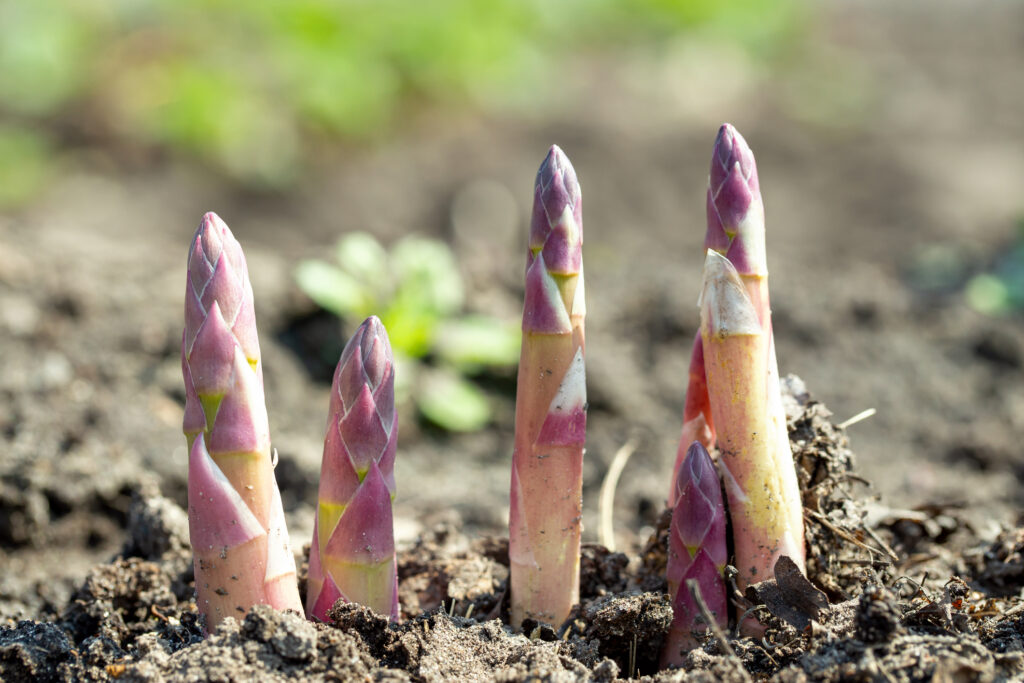
Asparagus crowns are dormant plants that have been harvested and stored for the season. The roots, laid out, will look like long squid tentacles. Although they are dormant, roots should look and feel plump, not wrinkled or significantly broken. Any broken roots sustained during shipping should just be snipped off.
Pre-Soaking
Set the roots in a tap water bath for a 30-minute presoak, prior to planting to help them re-hydrate.
Planting
Once they are appropriately soaked, you can plant them in their trench by gently spreading their wiry roots over the blended soil/compost/phosphorus mix. Space them 18 to 24 in. apart and backfill over the roots as you go with 2 to 3 in. of the additional 50/50 soil and manure mix you have remaining.

Watering
When you get to the end of the row and all roots are carefully covered you can water all of them slowly and thoroughly, watching for bubbles which is a positive sign that air pockets are being filled.
Soil
After watering, if settling occurs you can fill with another 2 in. of backfill soil mix, but there should still be a few inches to the top of the trench. In a few weeks, as the spears start to grow and emerge from their planting bed you will then cover them up with additional enriched soil, spreading it evenly and routinely around them until the trench is basically filled.
Harvesting Asparagus
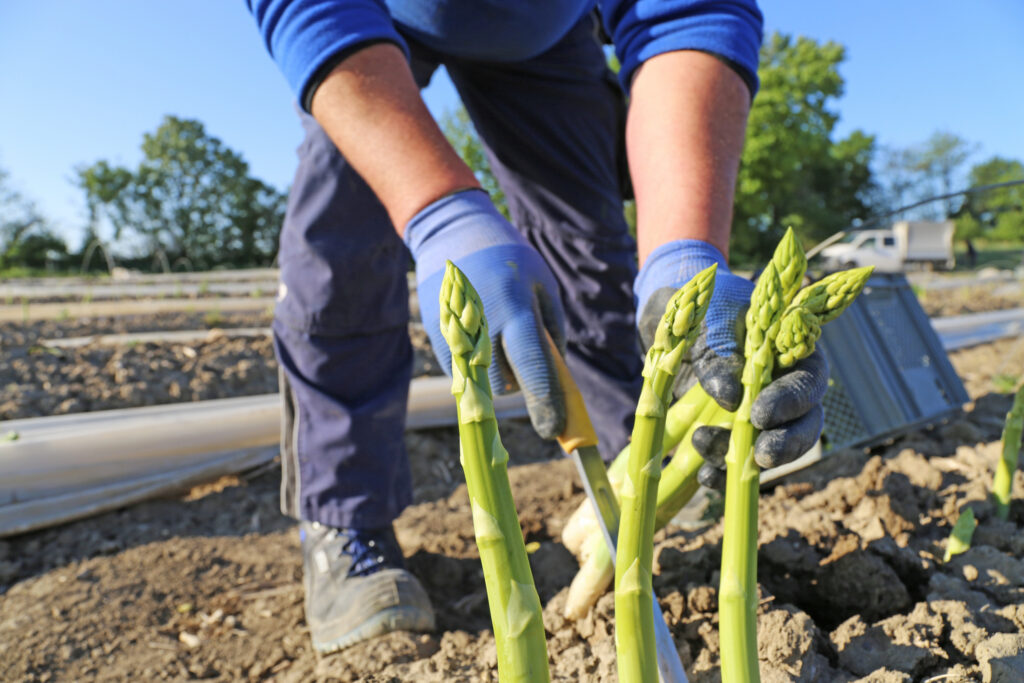
Patience is critically important when growing asparagus because for the first harvest you must wait until their third growing spring. If first- or second-year spears are harvested, the overall health and longevity of the patch will be compromised and produce weak, spindly spears evermore. Water regularly and fertilize annually with a top-dress of 10-10-10 once in mid to late June.
Ferns must be left to grow and mature fully for the first two seasons. Only remove the ferns after they have browned from fall frost. Adding fresh compost at the end of each season, after fern cutting happens will add nutrients and help suppress weeds.
Weeding will be your lot in life for several seasons after planting before any harvests happen as well. Weeding by hand is best prior to seeing any shoots come up, then once they do emerge use a three-prong rake, while spears are short to carefully rake out weeds as they pop up. Weeds must be kept in check as they can quickly outcompete your asparagus to rob precious nutrients.
In the third year, select well-formed spears that are as thick as your finger, with tight tips. Harvest or cut spears close to the ground with a sharp knife (not too sharp) when they are about 6 to 8 in. tall. Harvests will last about two weeks for their first harvestable season, but as your patch matures and develops the harvest season should increase by about a week every season.
High Yielding Asparagus Varieties
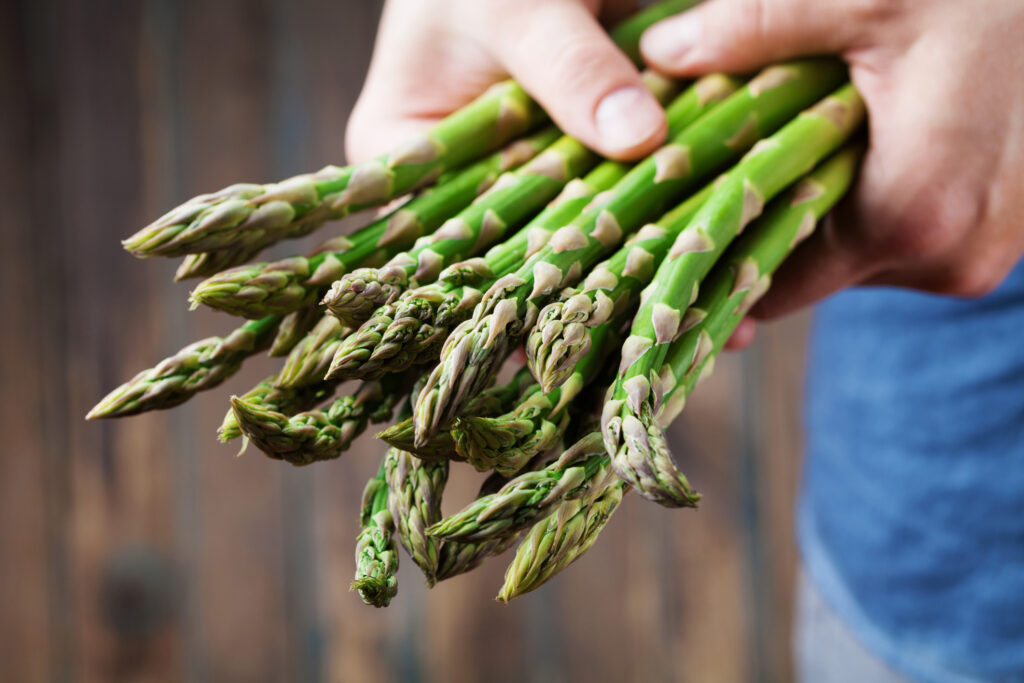
All male cultivars offer a greater yield because they do not “waste” energy-producing seeds like some older female varieties. ‘Jersey Supreme’, ‘Jersey Knight’, and ‘Millennium’ are all high-yielding examples of predominantly male hybrids. If you long for Grandma’s traditional asparagus, plant a big patch of some ‘Mary Washington’.
Other Recommended Reading

- Companion Planting Guide
- Seed Starting FAQ
- Transplanting Seedlings
- 4 Tips For Improving Garden Soil
- 14 Fast Growing Vegetables
- Summer Vegetable Gardening: Common Problems & Solutions

At Jung Seed Co, we strive to be your go-to guide for all your gardening needs. Our YouTube channel The Garden Doctor by Dick Zondag is where he provides gardening tips for all levels of gardeners. When you need reliable gardening advice, turn to the trusted experts at Jung.
View our new catalog online or browse our website for your gardening favorites. To receive info on new products, exclusive deals, and specials, be sure to sign up for our weekly email. Join our Facebook page, to discuss all things gardening!
